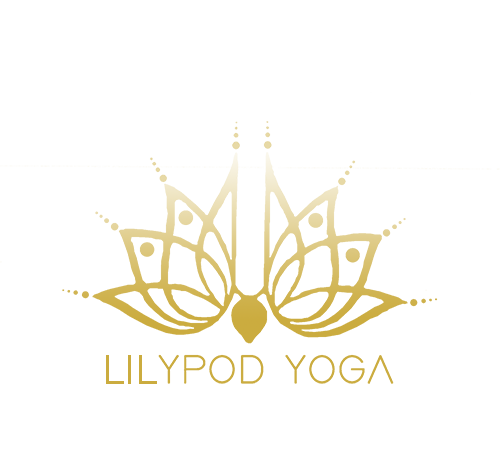ABHYANGA MASSAGE COURSE
ABHYANGA MASSAGE COURSE
Ayurvedic massage is known as ‘Abhyanga’. The word ‘abhyanga’ is made out of two Sanskrit words, ‘abhi’ and ‘anga’. Abhi signifies ‘towards’ and anga is one of its implications, alludes to ‘movement’.Abhyanga is a synchronized massaging of the body towards the direction of the movement of arterial blood. The logical explanation behind this convention might be to expand the bloodstream towards the most distal parts of the body and abstain from overpowering the heart through expanded venous return if the back rub is done towards the heart, or at the end of the day, toward the path inverse to that of the body hair.
Benefits of Abhyanga Massage
Eliminates body impurities and helps in reducing weight
Calms nerves and promotes deeper and better sleep
Softens and smoothes skin, reduces effects of ageing
Improves blood circulation and stimulates internal organs
WHAT IS ABHYANGA MASSAGE?
Ayurvedic massage is known as ‘Abhyanga’. The word ‘abhyanga’ is made out of two Sanskrit words, ‘abhi’ and ‘anga’. Abhi signifies ‘towards’ and anga is one of its implications, alludes to ‘movement’.Abhyanga is a synchronized massaging of the body towards the direction of the movement of arterial blood. The logical explanation behind this convention might be to expand the bloodstream towards the most distal parts of the body and abstain from overpowering the heart through expanded venous return if the back rub is done towards the heart, or at the end of the day, toward the path inverse to that of the body hair.
The Abhyanga is a part of the Dinacharya (daily practices) specified by the Brhat Trayi and Laghutrayi series of Ayurvedic textbooks to maintain good health and well being. An Abhyanga is endorsed for joint well-being, to feed the dhatus (tissues of the body) and to take disturbed doshas back to adjust. The Abhyanga is additionally prescribed to mollify irritated Vata dosha, enhance the state of to a great degree, dry and coarse hair and flaky skin. Abhyanga might be finished utilizing oil, homegrown powder, homegrown glues or ghee. It is a piece of the dinacharya or the day by day routine recommended by Ayurveda. It is utilized for an alleviation of agony, solidness, and tiredness. It likewise frames an imperative piece of snehana or oleation which is a crucial prelude to panchakarma medicines, the five Ayurvedic detoxification treatments.
Ayurvedic Abhyanga Massage is performed using warm or luke warm medicated oils. Light pressure is applied on sensitive areas, nerve endings such as soles of the feet and palms and base of the fingers. After a healing massage, the oil is left on the body to do its magic.
THE COURSE
We will gather 5 separate mornings from 10 - 12 to learn the technique and practice on each other. Once the technique is learned, the students must keep a practice log and aim to massage min 10 people (or until comfortable to treat with a fluid and rhythmic flow).
Liilamaya then will receive a massage from the student and asses if they are ready to go out into the world to share!
A certificate will be given upon successful completion of course and competency on the technique is shown.
WHAT'S UNIQUE
Ayurveda treatments aim at healing all the different aspects and layers of the being. An abhyanga massage is part of a recommended daily-routine AKA Dinacharya, which could be applied by oneself or be swapped away by receiving it either by one or two technicians.
Learning this unique technique of massage will allow you have an exclusive approach to massaging as it incorporates several different types of massage techniques into one.
The Abhyanga technique is more than just a massage, is an EXPERIENCE.
The student learns how to apply 5 MARMA CHIKITSA points on the head which are meant to be some of the most powerful points to know.
Students receive massage every class as we are constantly working on each other.
What’s Included
Manual
Anatomy & Physiology handouts
The methodology
Certificate upon successful completion of the course

